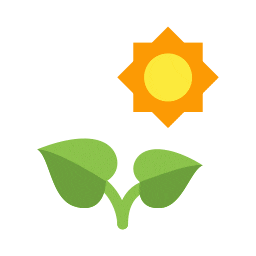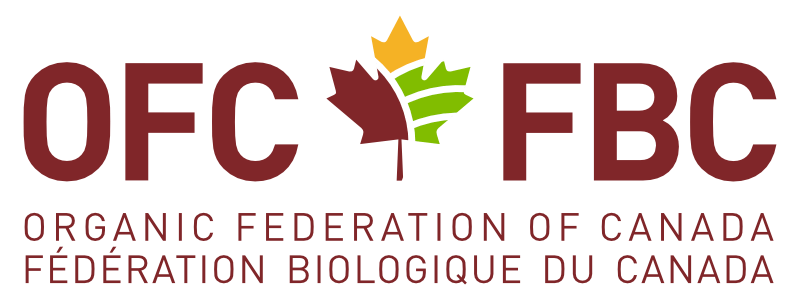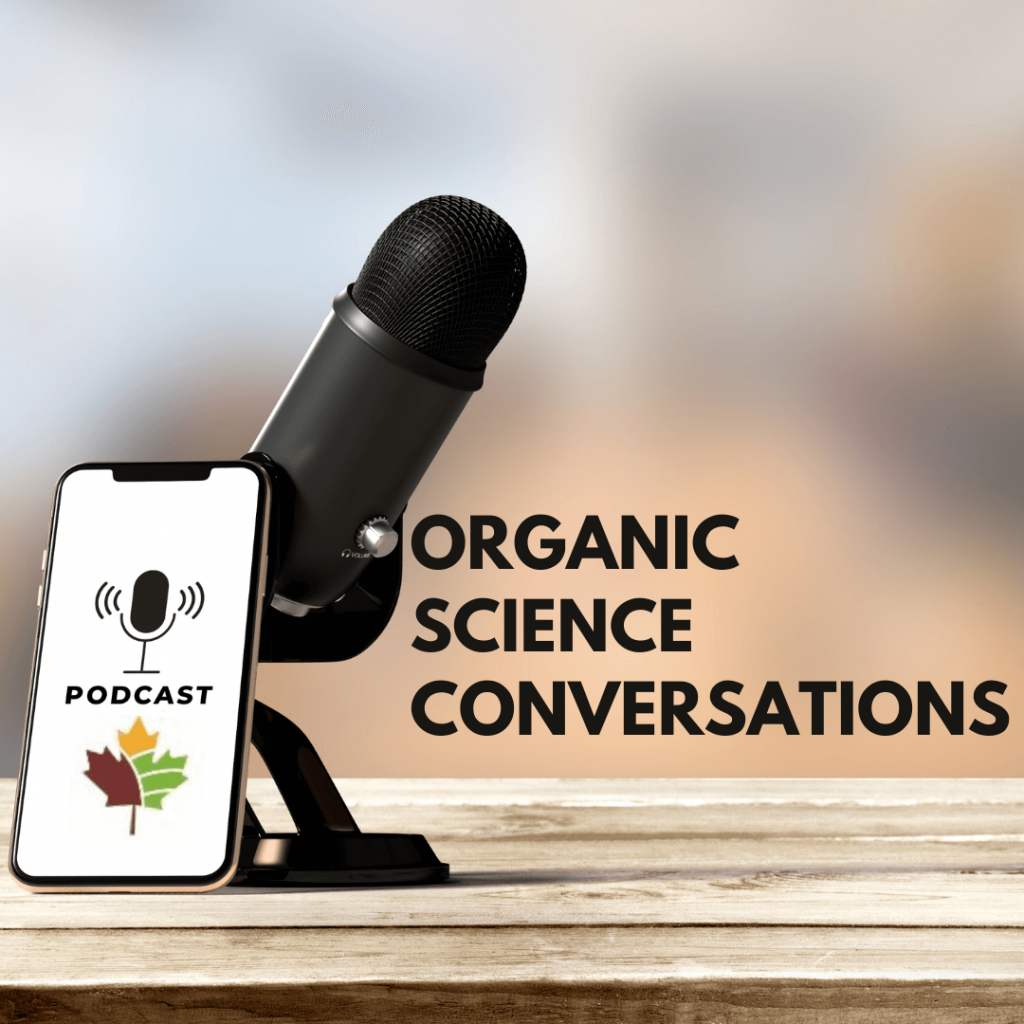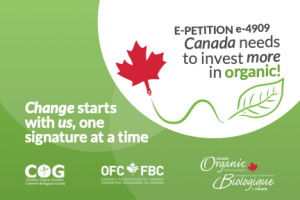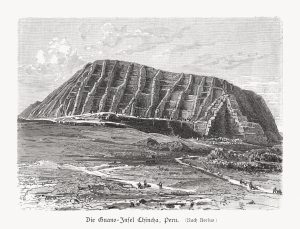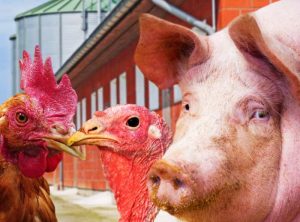Summary
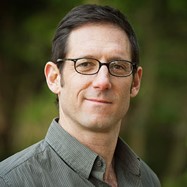 Dr. Sean Smukler is Associate professor and chair of Agriculture and Environment at the Faculty of Land and Food Systems at the University of British Columbia. He is also the principal investigator of the Sustainable Agricultural Landscapes Lab, and he is the principal investigator of the research activity of the Organic Science Cluster 3 – Improving organic vegetable farm sustainability through enhanced nutrient management planning.
Download the interview with Dr. Smukler in PDF format.
Dr. Sean Smukler is Associate professor and chair of Agriculture and Environment at the Faculty of Land and Food Systems at the University of British Columbia. He is also the principal investigator of the Sustainable Agricultural Landscapes Lab, and he is the principal investigator of the research activity of the Organic Science Cluster 3 – Improving organic vegetable farm sustainability through enhanced nutrient management planning.
Download the interview with Dr. Smukler in PDF format. Bonjour Dr. Smukler
Bonjour, nice to be here, Nicole.
So, you are the PI (principal investigator) of the Sustainable Agricultural Landscapes Lab. For many of us, a landscape is a broad and aesthetic picture of our natural surroundings. Can you explain the concept of an agricultural landscape and the role of your lab?
Yeah, so an agricultural landscape is a landscape that is producing food, fibre, and fuel, among other things. The reason I focus my research at the landscape level is because I feel strongly that because farmers are the managers of our terrestrial landscape, that quantifying their impacts at a landscape is where we can see where we can manage trade-offs between environmental, economic and food security objectives, effectively. So, my lab works at the field scale, working with farmers to better understand how to manage their food production, and then we work all the way up to the landscape to quantify how those changes will impact the ecology and the economy at a broader scope.
So, the landscape concept is really to look at the broad picture of the impact of farming on the environment?
Exactly. At the field scale we might see some important differences in management, but it’s not really until you scale those up to the landscape that you can quantify those differences in terms of their broader impact.
Yes, I see. So, you said you promote the role of farmers, I read on your lab’s website that we have created a food system where we pay farmers to provide food, but that it needs to change. We need farmers to be stewards of our global landscape. This is quite a responsibility and a great role, and also I think it is an important learning curve.
In a country where industrial agriculture is a huge industry, how can we make that happen? What are the first steps for reaching that goal?
Well, I think the first step is really to provide the farmers with some guidance on how to manage their systems more efficiently. I think farmers definitely value efficiency, they see efficiency as a way to produce more at lower costs, efficiencies generally mean that we are likely to see less impact to the environment. But really, we need to be able to quantify some of the other benefits that farmers are responsible for, some of the co-benefits of effective landscape management. We need to do that so that policy makers, and consumers, can really understand the burden that farmers have taken on, and the responsibility that really should be shared by all of us. Which is to manage these landscapes so that they are producing not just food, but the other ecosystem services that we all really need.
For now, and you seem to also be insisting for future generations. Farming has such an impact; farmers should be aware of that huge responsibility. So organic fits well in your objective, I suppose? As the objective of organic agriculture is really to protect the environment and promote that biodiversity.
Yes, I see an alignment between the objectives of our research program and the stated objectives of organic farming here in Canada.
So, what is the specific objective of your activity inside of the Organic Science Cluster 3?
We actually have three objectives. The first, and probably the main objective of the project is to trial a few different alternatives to current organic management practices and better understand how those alternatives could better meet the multiple objectives of organic farmers, including the environmental objectives. Our second objective is to be able to model some of the dynamics that we are observing out in the fields. The final objective is to enhance an online tool that is being designed for organic farmers to better manage their farming system.
Ideally then, at the end of your activity there would be real online tools to help farmers plan their nutrient management, is that correct?
That is correct. The tool that we are working on is actually an app that can be either online, or on your phone.
How are you proceeding? You are working with many farmers I believe?
Yeah, so the way our objective one has been developed is that we have two of what we call ‘mother farms’, where we are running controlled replicated experiments. Those are two farms on different soil types that have different climatic conditions, with the same treatments and the same crops being grown. The management is being mimicked as closely as possible. Then, on nineteen other farms, around the Southwest region of British Columbia, we have a subset of those treatments to better understand how they perform regionally; under different soils, different climates, compared to different management that farmers are typically using in those regions.
This is good, because when you work with farmers, I suppose knowledge transfer is easy. I read in the description of your activity that phosphorous and nitrogen are critical, and that it is difficult to have timely release of P and N when the crop specifically needs it. How are you addressing this problem?
So that is one of the major challenges for organic farmers, is that it is really difficult to predict the availability of the nutrients that are coming from the fertilization sources that they are using. Organic farmers are typically relying on cover crops or compost and manure to provide their P and N demands of their crops. Because these nutrients are tied up in either the biomass or the complexity of the manure or compost, and their microbially made available over time it is really challenging to predict. It’s an ecological process that is really dependent on the temperature, the soil conditions and soil microorganisms. It is really a biological process and we do not have a great understanding of the various drivers of those biological processes. So, one of the things that we are trying to get a better handle on what is it that we can predict about these fertilization sources that would give farmers a better indication of when, and where, their nutrients are going to be available. One of the nutrient management strategies that we are trialling is a combination of compost, which is the typical fertilization source used in our region, and a certified organic fertilizer which has much more readily available nutrients but does not have the same carbon input to the system as a compost might. One of the potential trade-offs that we see between managing nitrogen and phosphorous with these ‘specialty’ organic fertilizers that have readily available nitrogen and phosphorous is that you are missing that carbon input, and then over time, you may see a decline in soil health as those carbon inputs eventually get consumed by the soil organisms.
You are working with vegetable crops; but there are many diversified farms that grow as many as 25- 30 different types of vegetable crops… do you address specific vegetable crops, or is it a general management that you are assessing?
We are working in an area where vegetable production is quite diversified, as you described. We have experiments set up where we are working within a typical rotation at both of the mother farms. The rotation includes many different crops. Within each year, there are several crops being grown and the idea is to select a crop mix that represents some differences in the nitrogen and phosphorous demands. One of the major challenges of having a diversified field or crop, is that across the field you have various demands for nutrients. If a farmer is trying to optimize their nutrient applications, and the labour required to manage for that, one application of compost or manure might be applied for a field of, as you suggested, up to twenty different vegetables. So that is another advantage of the combination. Another potential advantage of the combination of using the specialty organic fertilizers with compost is that you can be much more targeted spatially for the vegetable production. You have two different vegetables with very different nutrient demands in rows right next to each other. Ultimately we want to be able to optimize the organic nutrient management system so that it reduces the environmental cost while increasing or maximizing the economic benefits to the farmer. Generally, that means greater yields or reduced input cost.
I read also in the summary of your activity that there are limitations with the use of cover crops, especially in BC. Why? Can you explain why this is more problematic in BC?
Well, I don’t know that it is more problematic than other places in Canada, but it is certainly more problematic than other places in North America that have longer growing seasons or more temperate climates. In BC, in particular, in the three regions that we are working in they really illustrate different challenges. In the Lower Mainland, which is just outside of Vancouver, one of the major challenges for establishing cover crops is the early fall rains and – we are in a location that is really important for millions of migrating waterfowl –the waterfowl just devour the cover crops in the Lower Fraser Valley. Whereas in other parts of BC, like the Pemberton Valley, where we are working, they have really early winter onset. You can see snow pretty early in the winter, and like much of Canada, stays for the duration. Whereas on Vancouver Island, it is actually the best-case scenario for cover crops in terms of the three regions, and they have the best chance of really getting cover crop established.
But cover crops, please remind me, is it to protect the soil from erosion? Or is it really providing nutrients. I read different opinions about this.
Well, it really depends on your objective. Cover crops can do a lot of different things. I think a common objective for using cover crops is to protect the soil. For some farmers, they are really trying to ensure that their cover crop captures nutrients before it leaves the system. As I said, we have rains that come early in the Fall, so if there is any residual nitrate in the soil profile, and we don not have a cover crop taking the nutrients up, it is pretty much leached out of the system quite rapidly because of those rains. So the one objective farmers might have with a cover crop is to capture, or scavenge, those nitrates before they leave the system. Alternatively, farmers might want to be growing their own nitrogen, so using a leguminous cover crop they are actually able to fix nitrogen and to provide their subsequent crop, their cash crop in the summer, with that nitrogen that is fixed out of the atmosphere.
If you were to suddenly work on a conventional diversified farm, would you see different reactions, and observe different results?
Not necessarily. I think that one of the limitations with organic/conventional comparisons is that both systems have such a wide range of management practices. For sure, we could take two farms, one conventional and one organic, and their management could be very similar, their soil health could be very similar. It depends on the specific management in that system.
When your activity is completed, where will we have access to the results and the online tool?
The results are all posted on our website, the Sustainable Agricultural Landscapes Lab. We also are trying to get as much of the results out directly to the farmers, so we have hosted a number of workshops both on farm and in conferences. Ultimately, the tool is to be made available directly to farmers to download use as they would like. The nutrient management component will hopefully be completed over the next year.
Because your activity is ending in 2022, I believe?
Yes. Because of COVID we are a little behind on a few things.
Well, we are looking forward to seeing the online tool, it will surely help the vegetable growers in British Columbia. I thank you very much, Dr. Smukler, for the interview.
No, thank you Nicole! Have a great weekend.
